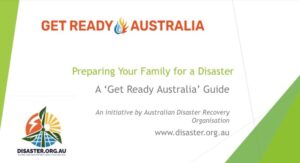
Helping you prepare for summer disasters
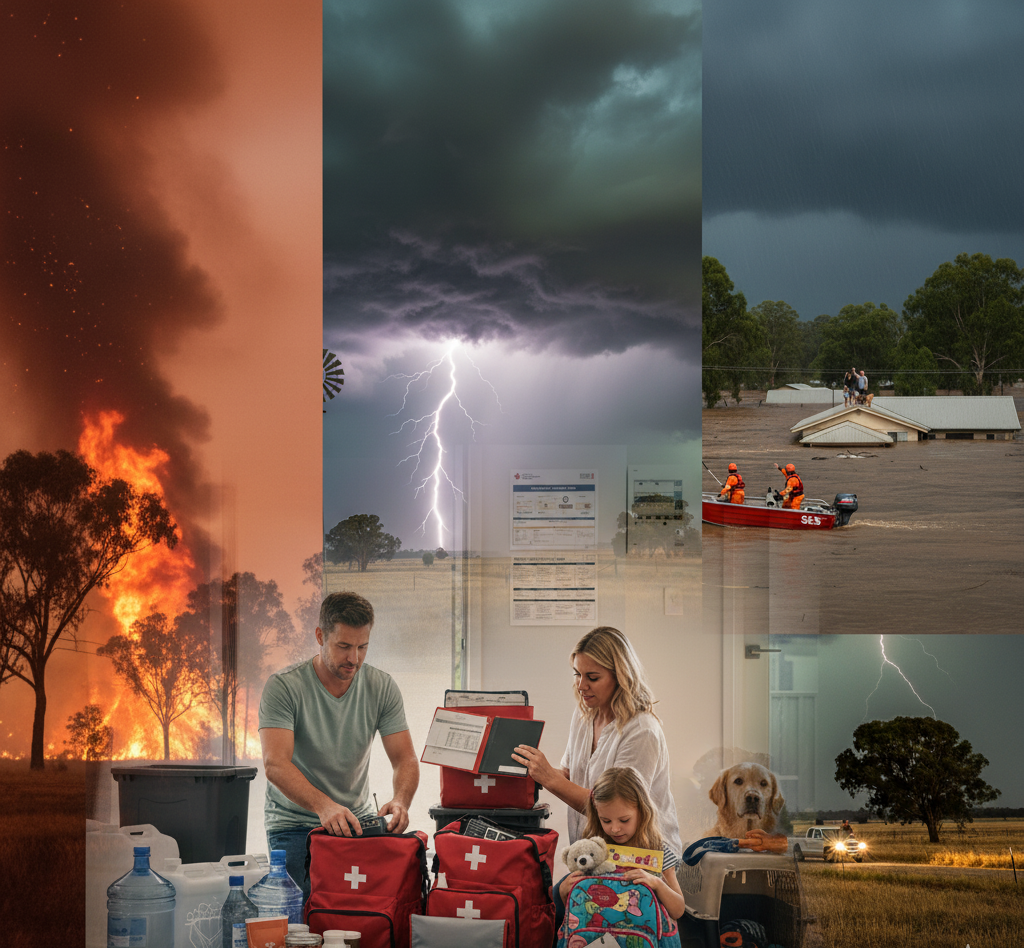
Vision
Mission
Your Preparedness
By understanding the risks and taking simple steps now, you can significantly minimise potential damage, protect your loved ones, and most importantly, save lives. Your effective preparation involves understanding your risks and having a plan. Here’s how you can get ready:
Preparedness can save lives.
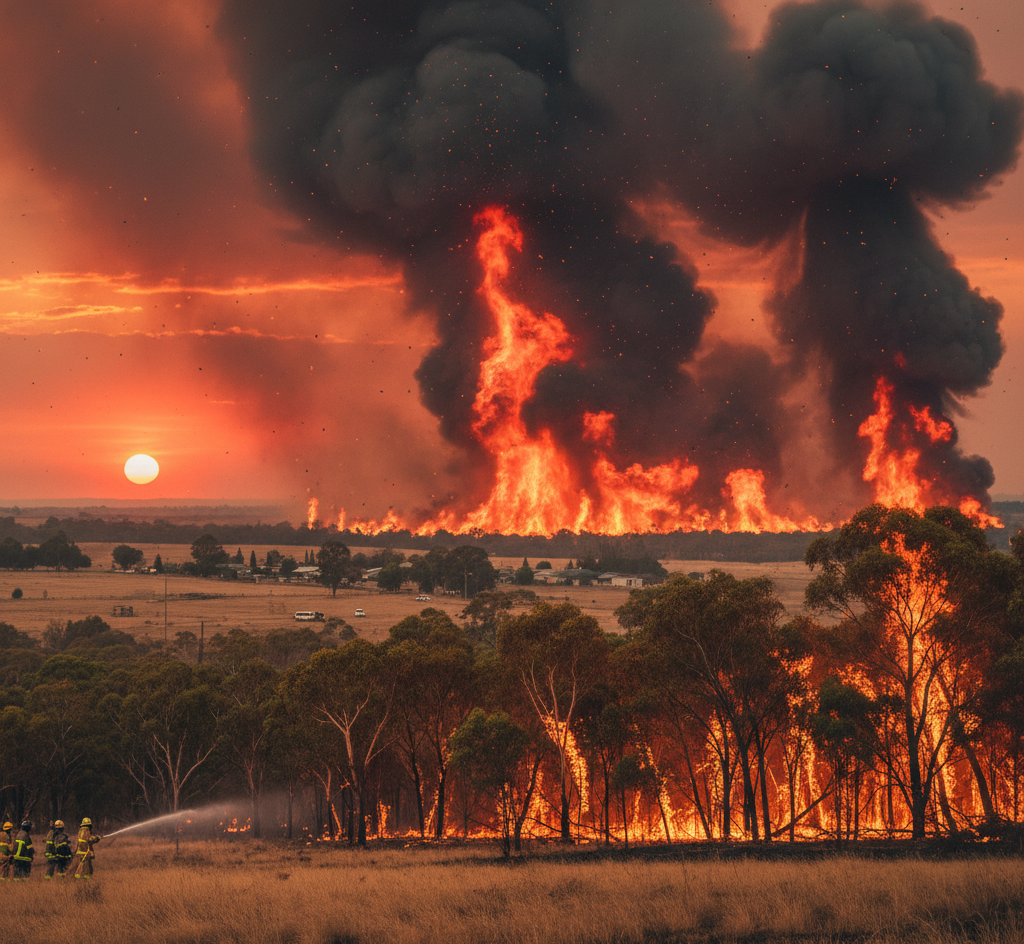
Bushfires
Create a Bushfire Plan: Decide what you will do, when you will do it, and where you will go if a bushfire threatens. Include plans for your pets.
Prepare your property: Maintain your property by clearing gutters, removing flammable materials, and ensuring adequate water supplies.
Emergency Kit: Pack an emergency kit with essentials like water, food, first-aid supplies, a radio, and important documents.
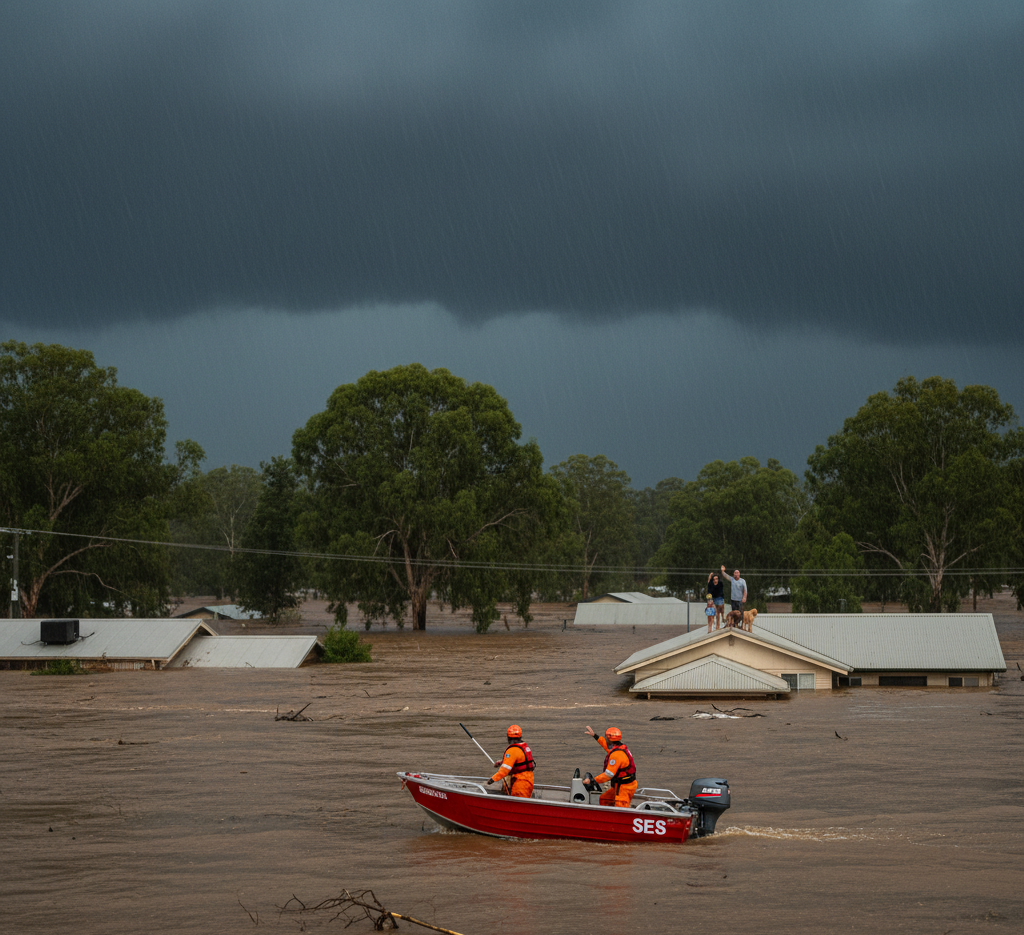
Floods
Know evacuation routes: Identify safe evacuation routes from your home and community.
Secure your home: Move valuable items to higher ground and consider sandbagging if time permits.
Have an Emergency Kit: Ensure your kit is waterproof and accessible.
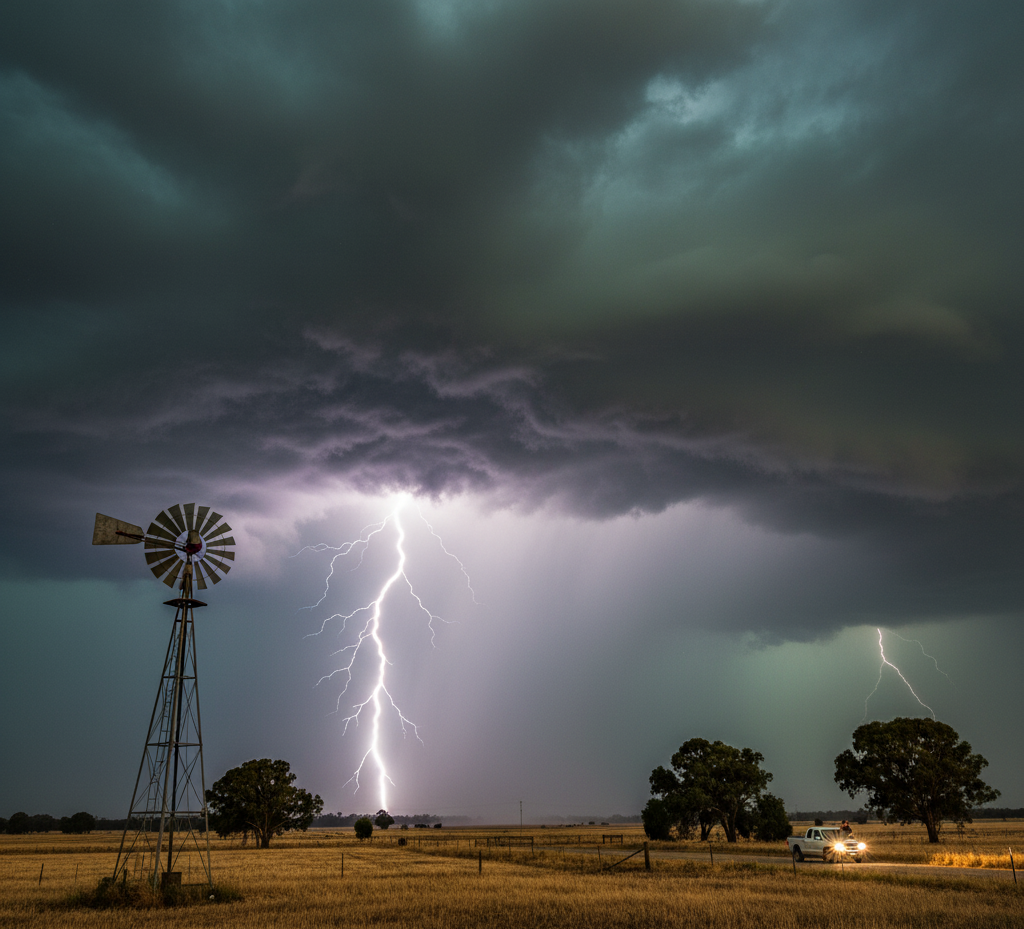
Storms and Cyclones
Stay indoors: During severe storms, stay inside and away from windows.
Have an Emergency Kit: Essential items are crucial if power is lost.
Generator Safety: If using a generator, ensure it is operated safely outdoors and away from windows.
Remember: Always follow the advice of emergency services.
Your Free Guide
Our 'Prepare your Family for a Disaster' guide is a great reference to get a head start now on being prepared.
Benefits of Being Prepared
Mitigation of Suffering and Loss: Proactive measures significantly reduce the likelihood and severity of injury, death, property damage, and livelihood disruption.
Economic Resilience: Prepared businesses and farms are better equipped to withstand interruptions, recover faster, and minimise financial losses, supporting local economies.
Enhanced Community Cohesion: Community-led preparedness efforts build stronger social networks, fostering mutual support and a collective sense of agency.
Psychological Wellbeing: Knowing that practical steps have been taken and that support systems are in place can alleviate anxiety and provide a sense of control in uncertain times, thereby preventing despair and loss of hope.
Faster Recovery: Pre-disaster planning and readily available resources expedite post-disaster recovery processes, allowing communities to rebuild and return to normality more swiftly.
Cost reductions: Reduced recovery cost burdens to individuals, insurers, the community and the economy.
Some Great Tips
More about Get Ready Australia
Our Strategy
The 'Get Ready Australia' initiative is built upon a multi-faceted, community-centric and locally-led operational strategy:
Proactive Risk Mitigation: A core focus is on preventative actions undertaken before a disaster strikes. This involves advising on and facilitating practical, essential tasks such as:
- Clearing properties of debris and flammable vegetation to reduce bushfire fuel load.
- Maintaining fencelines to ensure the safety of farm animals and secure property boundaries.
- Implementing strategic tree management to minimise risks from falling limbs and reduce bushfire spread.
- Ensuring gutters and drainage systems are clear to effectively prevent water damage and flooding and ember-induced fires.
Community Hubs and Localised Expertise: The program will leverage a network of new 'hubs' strategically located across Australia. These hubs will serve as central coordination points for locally-led 'branches', ensuring that preparedness strategies and support are tailored to the specific environmental, social, and economic conditions of each region. This decentralised model empowers local communities to take ownership and drive relevant initiatives.
Targeted Support
Farmer Support: A dedicated focus on the unique needs of farmers, including the preparation of livestock, securing essential farm infrastructure, and developing farm-specific business interruption and recovery plans. This will be significantly enhanced through close collaboration with the 'Farmhand Heroes' program.
Business Preparedness: Providing tailored advice and resources for small and medium-sized business owners, covering business continuity, interruption plans, supply chain resilience, and advance recovery strategies to minimise economic impact.
Mental Health Integration: Proactively aligning with mental health service providers to offer support, resources, and information to communities and individuals who may experience stress, anxiety, or trauma related to disaster preparedness and recovery.
Insurance and Financial Preparedness: Educating residents, farmers, and businesses on the importance of adequate insurance coverage and assisting them in understanding policy details and claims processes.
